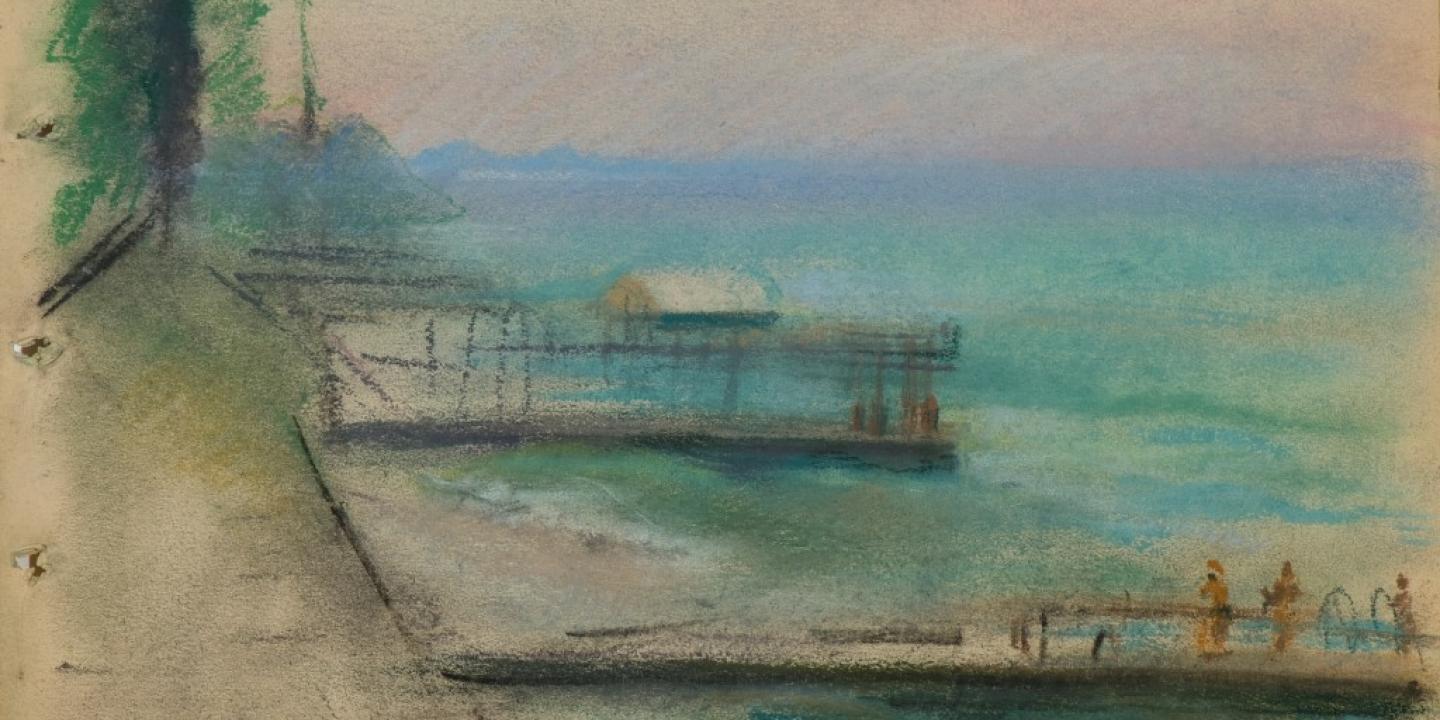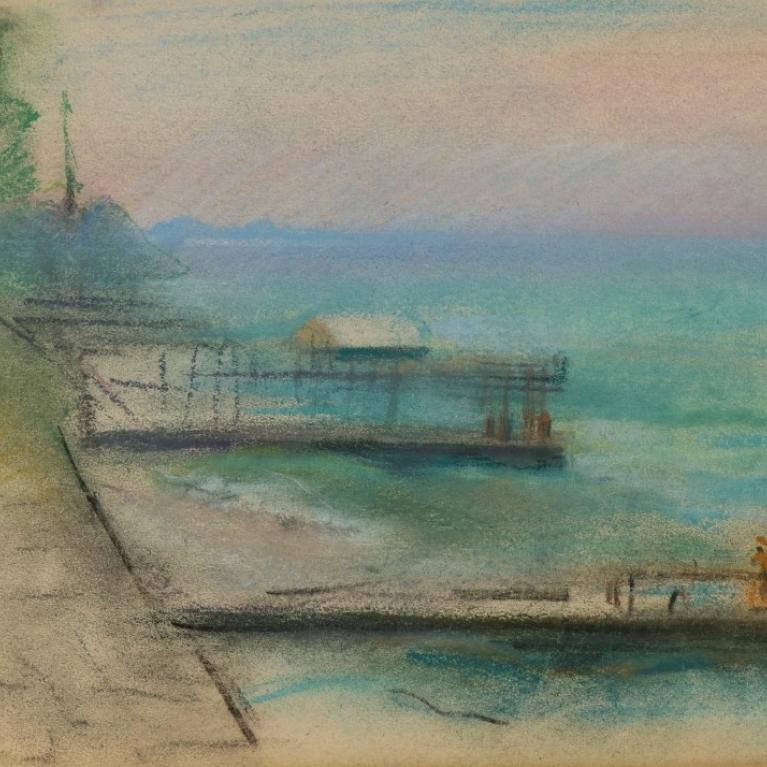Pastel paintings by Aleksandra Beļcova
Celebrating 125th anniversary of prominent Latvian artist Aleksandra Beļcova, the exhibition of master’s pastel paintings will be on view at the Romans Suta and Aleksandra Beļcova Museum in Riga (Elizabetes iela 57a, Apt. 26) from 12 September to 9 December 2017.
The 125th anniversary of Aleksandra Beļcova’s (Александра Бельцова, 1892–1981) birth is being commemorated in 2017, and the R. Suta and A. Beļcova Museum is celebrating the jubilee with three exhibitions that allow visitors to learn more about the artist’s work. This exhibition is the second part of the programme of events offering audiences a chance to look at an essential segment of the artist’s creative heritage – pastel paintings.
Pastel paintings are elegant, light and full of air. The style was always close to Aleksandra Beļcova, who often made use of it. The early pastel paintings by the artist date back to the beginning of the 1930s, when many Latvian artists tried to replace Cubist style, Neo-Realism and the hard forms or Art Deco for far more distinct approaches to paintings. These new creative missions in terms of pastel technique involved a great deal of gratitude.
Beļcova’s artworks from the latter half of the 1920s involved a very important approach toward delicate calligraphic lines. Presumably that is one reason why pastel became her favourite technique in this period and also during the 1930s, because that allowed her to merge painting approaches with subtle and virtuoso lines. Also important for the artist was the speed with which the technique could be utilised. Beļcova preferred the portrait genre, and she said that she did not want to burden her models for too long a period of time. Pastel made that possible, and it was easier to ensure liveliness in terms of the image and an unforced approach toward the portraits.
Portraits, landscape paintings, nude portraits, still lifes and genre-related imagines allow us to appreciate the master’s outstanding management of pastel techniques, also making it possible to learn about the world of images of Aleksandra Beļcova in a more intimate way. Most of her paintings involve observations, depicting friends and relatives, as well as the things that she saw while travelling for short or long distances. The sketches reveal particular lyricism and a fresh vision, confirming the artist’s refined attitude toward colours and her wonderful creative freedom.
Large pastel paintings are mostly portraits, and their complete perfection are reminiscent of the work of pastel painting masters such as Jean-Étienne Liotard (1702–1789) and Maurice Quentin de La Tour (1704–1788). Links to the French school of art were enormously important for Beļcova throughout her career, which means that her interest in pastel paintings seems to be entirely logical, particularly if we mention the fact that this technique flourished during the 18th century, involving artists such as Antoine Watteau (1684–1721), François Boucher (1703–1770), Jean-Baptiste-Siméon Chardin (1699–1779), Jean-Honoré Fragonard (1732–1806), and the aforementioned de La Tour. This artistic approach was continued during the latter half of the 19th century by French Impressionists and, at the beginning of the 20th century, by French Modernists.
The exhibition features pastels by the artist from the Romans Suta and Aleksandra Beļcova Museum, Latvian National Museum of Art, the Museum of Literature and Music, as well as private collections. Some of these paintings have never been exhibited before.
A series of events will be provided during the exhibition, including meetings with the curator of the project, Dr. art. Natalya Yevseyeva under the format Talks at the Museum, lectures on the theme, guided tours and different creative activities.
EXHIBITION CURATOR:
Dr. art. Natalya Yevseyeva, Head of the Romans Suta and Aleksandra Beļcova Museum / Latvian National Museum of Art

